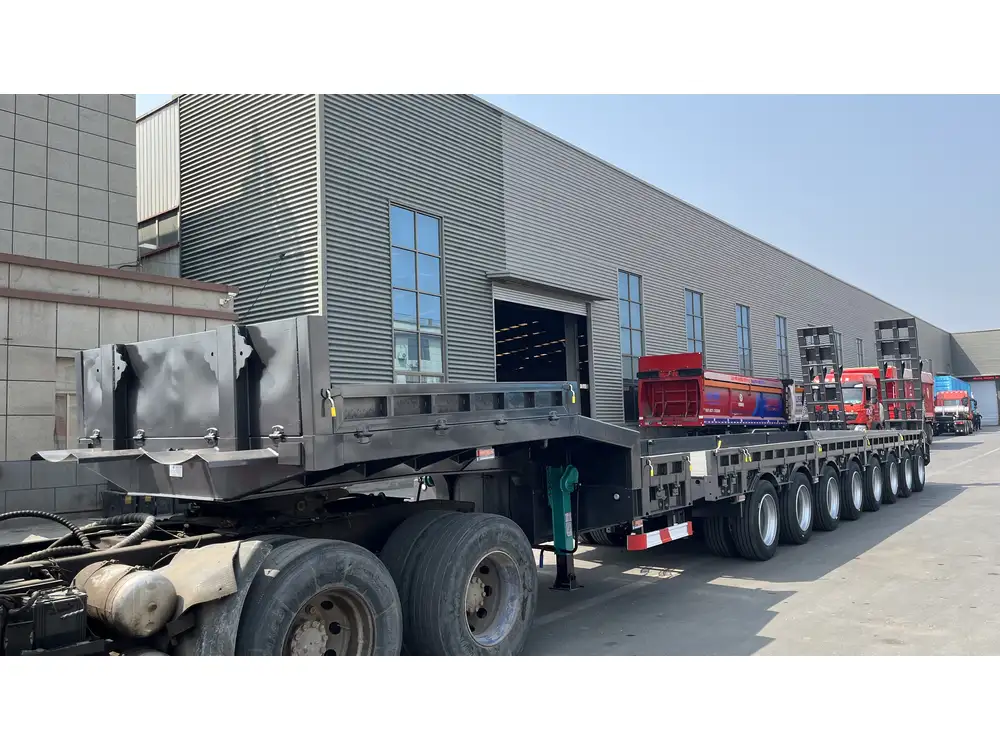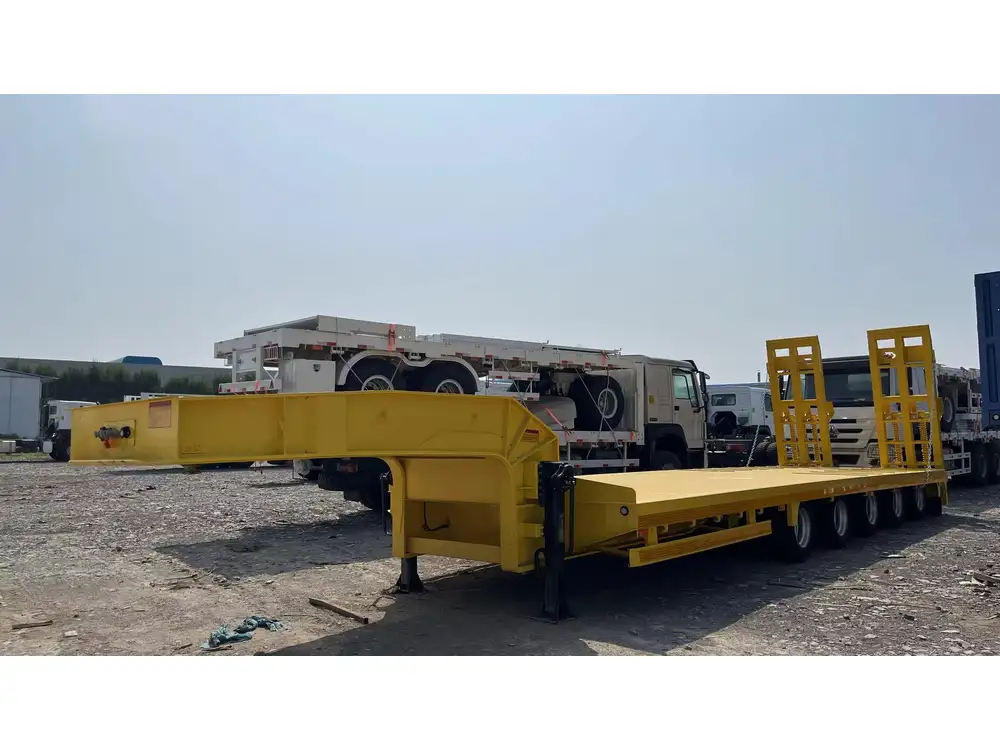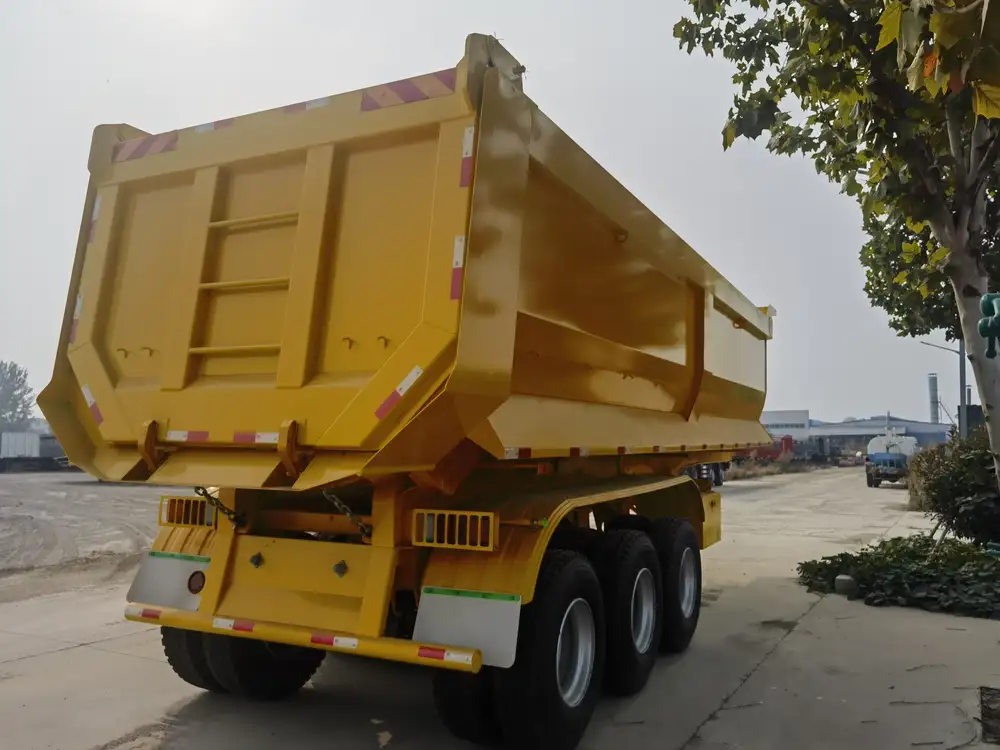When it comes to managing operations in the transportation industry, understanding the weight of your semi truck and trailer is crucial. Accurate weight measurements can significantly impact safety, efficiency, and compliance with legal regulations. This detailed guide aims to illuminate the necessary steps, tools, and considerations for effectively weighing a semi truck and trailer.
Importance of Weighing Your Semi Truck and Trailer
Before delving into the “how-tos,” it’s vital to understand why weighing your semi truck and trailer is essential:
- Compliance with Regulations: All regions have legal weight limits for commercial vehicles. Exceeding these limits can lead to fines, vehicle damage, or accidents.
- Safety Concerns: Overloaded vehicles can lead to reduced braking efficiency, increased stopping distances, and greater risk of accidents.
- Cost Efficiency: Understanding weights can help optimize load distribution, reduce fuel consumption, and increase operational efficiency.
Tools Required for Weighing
Weighing a semi truck and trailer can be accomplished using various methods and tools. Below, we outline the essential equipment you may need:
| Tool | Description |
|---|---|
| Weighbridge | A large scale specifically designed for weighing vehicles. |
| Portable Scales | Scales that can be placed under each wheel for weighing. |
| Load Cells | Devices that measure weight using strain gauges. |
| Truck Scales | Truck-specific scales to measure both truck and trailer weights. |

Steps to Weigh a Semi Truck and Trailer
1. Preparing the Vehicle
Before weighing, it is essential to prepare the vehicle properly:
- Ensure the Truck is Empty: If possible, weigh the truck and trailer when they are empty to establish a baseline.
- Remove Unnecessary Items: Any unnecessary items in the cab or trailer could skew the results.
2. Choose the Right Scale
Selecting the appropriate scale is vital for accuracy. The two most common types are:
- Weighbridge Scales: Ideal for weighing fully loaded trucks. These scales can handle significant weight and offer precision.
- Portable Scales: Great for on-the-go weighing. They provide the advantage of checking weight distribution at various points.

3. Positioning the Vehicle on the Scale
To achieve accurate readings, follow these steps:
- Align the Truck Properly: Position the vehicle evenly on the scale to avoid uneven weight distribution.
- Avoid Off-Center Weighing: Misalignment can result in inaccurate measurements.
4. Taking the Measurement
Once aligned, proceed to take the measurement:
- Record the Total Weight: For weighing on a weighbridge, record the total weight displayed.
- Check Individual Axle Weights: If using portable scales, weigh each axle separately. This method will also give insight into weight distribution.
5. Calculating Payload Capacity
To determine how much load your semi truck can carry based on the weight limits, use the following formula:
Payload Capacity = GVWR – (Weight of Truck + Trailer + Load)
Where:
- GVWR (Gross Vehicle Weight Rating) refers to the maximum weight the truck can safely carry.
- Weight of Truck and Trailer are the empty weights.

6. Documenting Information
Keeping a record is crucial for fleet management and compliance verification:
- Maintain Weight Logs: Document each weight measurement for every truck and trailer.
- Establish Baselines: Use the recorded weights to establish average loads and detect discrepancies over time.
Understanding Weight Distribution
Proper weight distribution is not solely about compliance; it’s about safety and efficiency. The following aspects should be monitored:
1. Axle Weights
Understanding the weight on each axle is critical as it impacts vehicle handling. Aim for a balance across all axles:
- Front Axle Should Carry 12,000 lbs Max: This is the typical limit; check specifications for exact figures.
- Single Axle Limits: Often rated around 20,000 lbs.
- Tandem Axles: Should not exceed 34,000 lbs combined.

2. Load Balancing
Improper load distribution can lead to increased wear on tires and brakes, along with handling issues. Distribute cargo evenly in the trailer, and:
- Maintain Lower Center of Gravity: Position heavier items lower to increase stability.
- Use Load Bars or Straps: Secure cargo to prevent shifting during transport.
3. Impact of Overloading
Overloading impacts several factors:
| Factor | Impact of Overloading |
|---|---|
| Braking Distance | Increases, leading to potential accidents. |
| Fuel Efficiency | Decreases due to increased engine strain. |
| Tire Health | Causes uneven wear, reducing tire lifespan. |
Frequency of Weighing
To maintain quality and compliance, determine an appropriate schedule for weighing:
- Initial Weighing: Each new truck or trailer should be weighed upon acquisition.
- Before Long Hauls: Weigh each vehicle prior to long-distance trips.
- Periodic Checks: Regular inspections and weighings should occur to ensure compliance and safety.

Common Problems When Weighing
Users may encounter several challenges while weighing their semi trucks and trailers. Here are potential issues and how to address them:
1. Inaccurate Readings
- Solution: Ensure scales are calibrated regularly. Perform checks using known weights.
2. Weight Distribution Issues
- Solution: Routinely monitor weight distribution and adjust cargo placement accordingly.

3. Compliance Confusion
- Solution: Stay updated with local regulations regarding weight limits. Utilize resources such as the Federal Motor Carrier Safety Administration (FMCSA) for guidelines.
Additional Considerations
Several supplementary aspects can enhance your understanding of weights in transportation:
Training for Operators
Training your drivers on the importance of weighing and load management can lead to significant advantages:
- Safety Awareness: Understanding weight limits can prevent accidents.
- Efficiency through Knowledge: Knowledgeable drivers maximize payloads effectively.

Technology in Weighing
Embracing technology can streamline the weighing process:
- Mobile Apps: Consider mobile applications designed to assist with calculating weights based on load configurations.
- Telematics Systems: Advanced systems can provide real-time weight information and alerts for overweight occurrences.
Regulatory Updates
Regulations governing weight can change. Engage with industry sources to stay informed:
- Industry Associations: Join organizations that disseminate updates on laws and regulations.
- Government Resources: Regularly consult the FMCSA for changes in weight regulations to maintain compliance.
Conclusion
Accurately weighing a semi truck and trailer may require a process involving specific tools, upfront preparations, and a keen understanding of both weight distribution and regulatory limits. By adhering to this comprehensive guide, you can ensure that you prioritize safety, compliance, and efficiency within your operations.
Implementing these practices not only helps avoid legal complications but also enhances overall operational performance, leading to a more successful transportation business. We hope this information equips you with the knowledge to confidently and accurately weigh your semi trucks and trailers, ultimately contributing to your routes’ safety and profitability.



